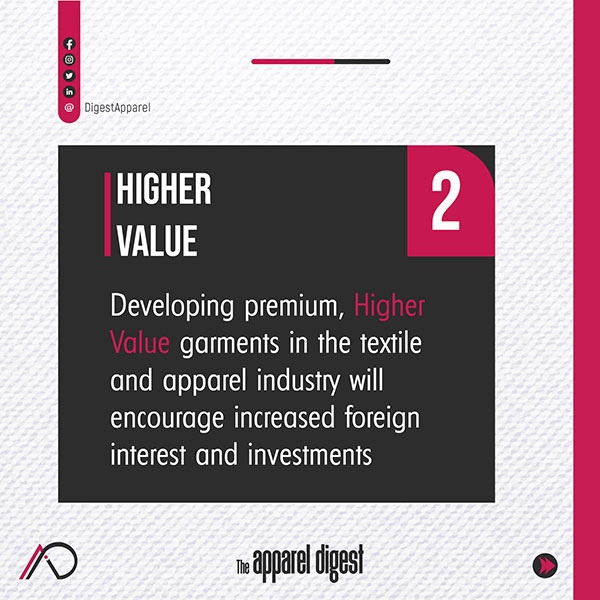The Apparel Digest Report
The latest S&P Global US Manufacturing PMI data indicates that the US manufacturing sector experienced a slowdown at the beginning of the third quarter. The Purchasing Managers’ Index (PMI) fell below the crucial 50.0 threshold for the first time in seven months, dropping from 51.6 in June to 49.6 in July, signaling a modest contraction. The primary driver of this decline was a reduction in new orders, attributed to a general slowdown in market demand and customer hesitation to commit to new projects. This marked the first decline in new orders in three months, accompanied by a drop in new export orders, particularly from Canada.
Despite the decrease in new orders, manufacturing output saw a slight increase, sustained by restocking finished goods inventories and addressing backlogs. However, this growth was the slowest in the current six-month expansion streak. Employment in the sector also rose, but at its weakest pace since January, as companies adopted cautious hiring practices due to uncertain demand prospects. Nonetheless, there was a slight uptick in business confidence, with some manufacturers optimistic that the current dip in demand may be temporary and could improve after the upcoming presidential election.
In July, input costs surged due to higher prices for energy, freight, labor, and raw materials, although the rate of inflation for these costs eased to a four-month low. Manufacturers responded by modestly raising output prices to stay competitive in a challenging market environment, leading to the slowest rate of price inflation in a year. For the second consecutive month, purchasing activity declined, reflecting businesses’ reluctance to acquire more supplies amid falling orders and rising costs. This decrease also extended the five-month trend of declining input inventories. Supply chain performance remained largely unchanged in July, with persistent labor and material shortages and shipment delays counterbalancing improvements in delivery times driven by lower demand.
Looking ahead, many companies remain hopeful for a recovery in the manufacturing sector following the presidential election, anticipating a potential boost in demand and investment. The recent slowdown in input cost inflation offers another positive sign, suggesting that consumer price inflation may ease in the coming months. However, the outlook remains challenging due to concerns over rising interest rates and ongoing inflation, though a gradual recovery could be supported by potential Federal Reserve actions to lower borrowing costs and stabilize industrial activity.

